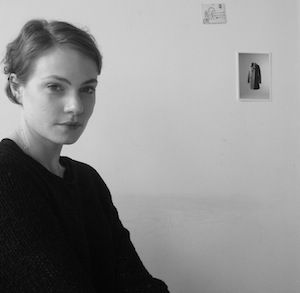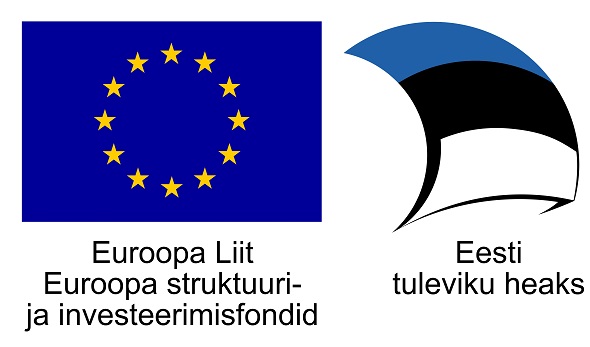Kärt Ojavee’s PhD thesis investigates active smart interior textiles
 Kärt Ojavee’s PhD thesis investigates active smart interior textiles – materials that are able to behave and change depending on the environmental stimuli. The research is divided into practical and theoretical studies that support each other throughout the study.
Kärt Ojavee’s PhD thesis investigates active smart interior textiles – materials that are able to behave and change depending on the environmental stimuli. The research is divided into practical and theoretical studies that support each other throughout the study.
In order to look into the possibilities of such materials, new active smart textile concepts are developed and experiments carried out that conclude with functioning prototypes.
The experiments are supported by theoretical research and the structure of the thesis presents every related topic from the very core.
In the first part of the thesis, an overview of the history of this field is given, in order to set the arena. It is followed by classifications of smart textiles, introducing the idea of a textile as a dynamic surface for displaying information, including the concepts of slow technology, functional patterns, and interaction. It presents the way a textile can be more than static, passive material, how it can function as interactive fabric, slowly reflecting the changes in the environment and revealing the changes in its patterns.
An overview of smart textile components is given, to support the experiment with information about every possible soft electronic and dynamic component.
When the experiments were iteratively built into real size mock-ups, prototypes, or in some cases even products, the aim was to place the artefacts into a space, in order to test their functionality on their users. Therefore, a number of spaces are investigated, introducing the overall idea of ubiquitous computing and smart room – the ambient intelligence. Furthermore, specific contexts are chosen and suggested for the active smart textiles within this research, such as the exhibition space, public waiting area, school for severely and profoundly disabled children, and hospital environment. It is shown and substantiated, why these environments are proposed and what functions are implied in these spaces.
Since the process of designing and fabricating such complex materials comprises more than one discipline and implies group work, a specific method was devised. Therefore, different methods for designing the smart materials are combined, including various design methods and a method of computer systems design. The methods for fabricating the samples, products, and installations combine novel techniques and technologies with traditional textile making techniques, such as weaving, knitting, stitching, embroidery, and printing.
The experiments carried out during the research are all elaborated in the thesis, including descriptions of tests with chromic inks, conductive materials, and light emitting textiles, which form the created material compositions, such as slow display systems, soft switches, and controllers as well as programmed textiles. All of these material compositions are utilized in case studies.
The case studies are divided into two groups: products and installations. Three different products from one collection are introduced in the first section that describes the properties of the products as well as the process of making.
This is followed by three themes of installations, introducing the properties of the materials as well as the whole process and methods for the material design. The documentation for every case study is provided in photos.
Feedback analysis that was gathered during the research and is used for the iterative process and future investigations is also provided within the thesis. This information was put together by using three empirical data collection methods: a questionnaire, distributed at an exhibition where all of the case studies were presented; an interview, concerning the public waiting area, where one of the installations was presented; and a series of four interviews with special education teachers after the exhibition visit of the disabled children, where the reliability of the products was tested in order to choose the products for further work. All together, a valuable database of user feedback was compiled.
The exhibitions that were carried out during the research are given at the end of the thesis – next to every exhibition, a list of presented artefacts are given as documentation.
The interviews, the questionnaire and exhibition reviews are supplied in the appendix of the thesis.





